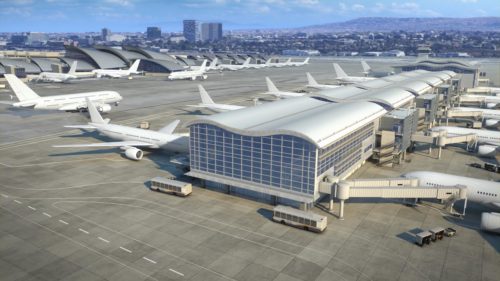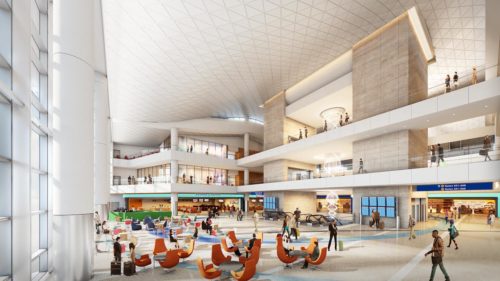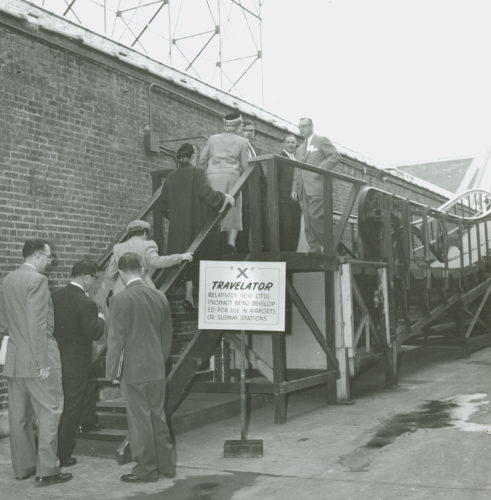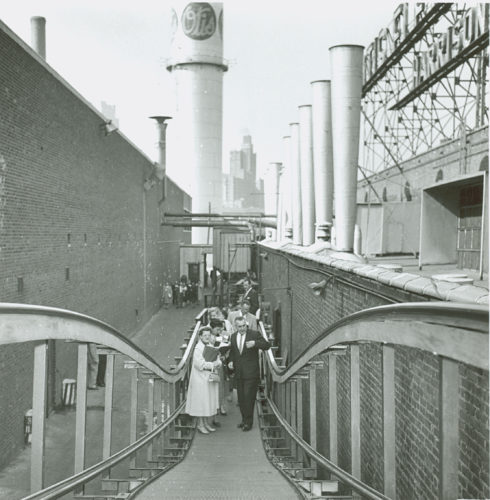
Pittsburgh International Airport is getting a $1.1 billion makeover that includes a new terminal with 51-gates, a modern check-in concourse and a new bag-claim system.
The pictures look so appealing that when the new terminal opens in 2023, they may have to seriously consider trading in the PIT airport code for something, well, prettier.

The new airport terminal will be built next to PIT’s current airside facility, between Concourses C and D, and is designed by award-winning architect Luis Vidal, who designed Heathrow Airport’s T2, and by San Francisco-based Gensler.

While some things may change as the project gets underway, airport officials say the new terminal building will have an emphasis on sustainability, with both indoor and outdoor green plazas and gathering spaces.

The new terminal brings together check-in, ticketing, security and baggage operations into one facility, with a separate level for departing and arriving passengers. There will also be an expanded TSA checkpoint, shorter walking distances and additional space for artwork, concessions and other amenities.

“This new terminal, inspired by the beauty, tech renaissance and people of our region will integrate seamlessly into the great design of the existing Airside Terminal,” said Airport Authority CEO Christina Cassotis. “In considering this design, we looked at function first, then form, to construct a building that will be both iconic, practical and affordable and that can be easily adapted as the technology and transportation needs of our community change.”
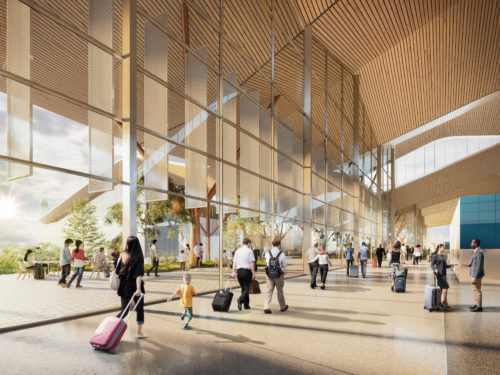
Let’s just hope PIT keeps the dinosaur, the Calder mobile, the shrine to Mister Rogers and the other amenities that make PIT a bit quirky and endearing.
(All photos courtesy of Pittsburgh International Airport)




